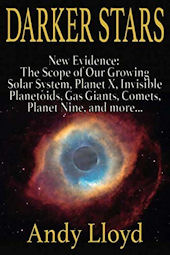"In the two Science papers, the researchers looked at variations of microcephalin and ASPM within modern humans. They found evidence that the two genes have continued to evolve. For each gene, one class of variants has arisen recently and has been spreading rapidly because it is favoured by selection.
"For microcephalin, the new variant class emerged about 37,000 years ago and now shows up in about 70 percent of present-day humans.
"For ASPM, the new variant class arose about 5,800 years ago and now shows up in approximately 30 percent of today's humans. These time windows are extraordinarily short in evolutionary terms...The ASPM variant coincides with the oldest-known civilization, Mesopotamia, which dates back to 7000 BC." (1)











